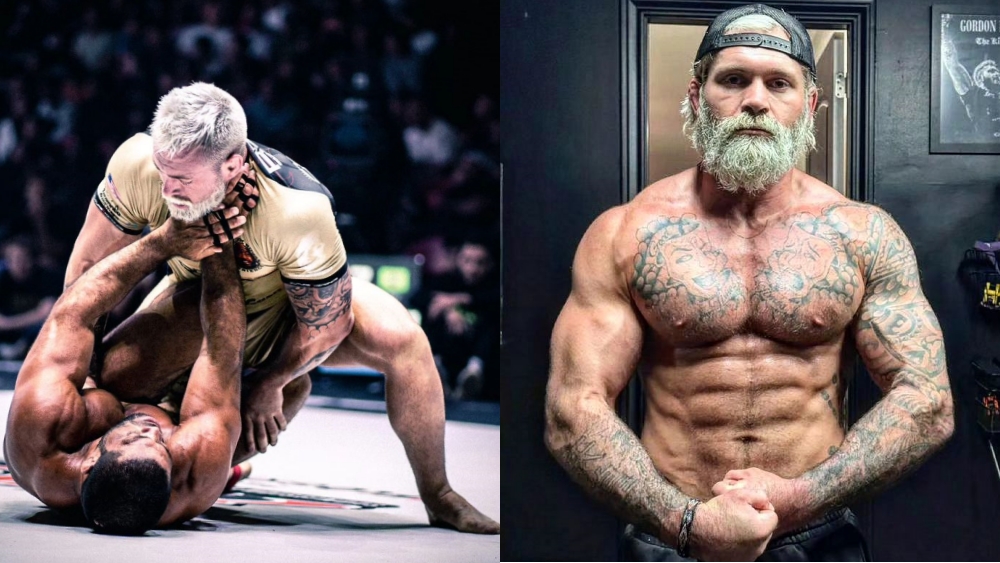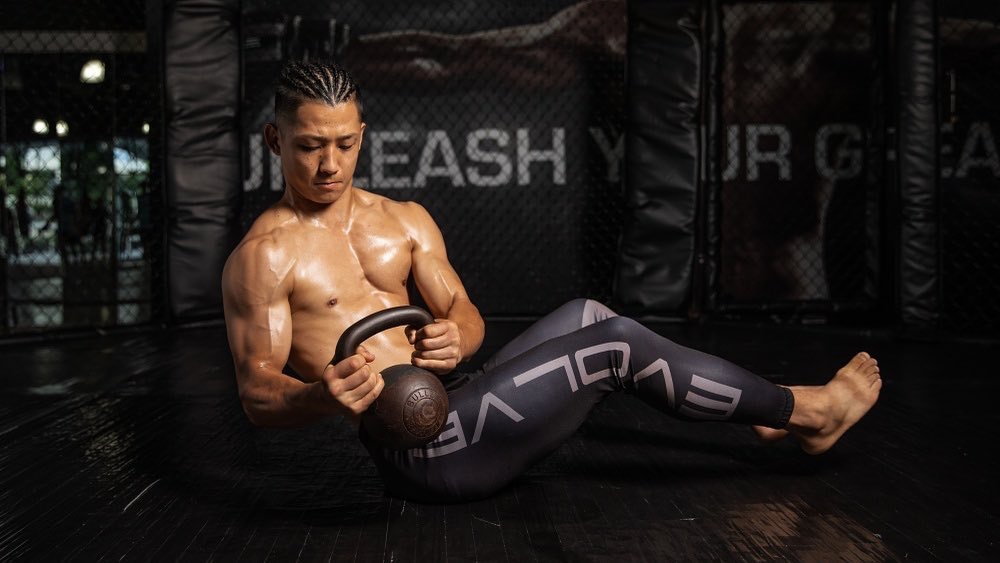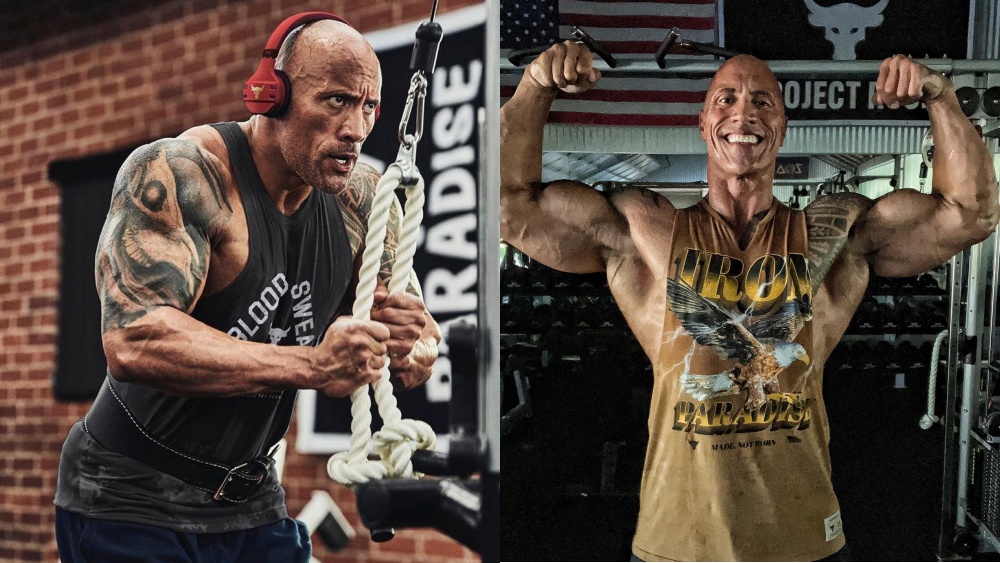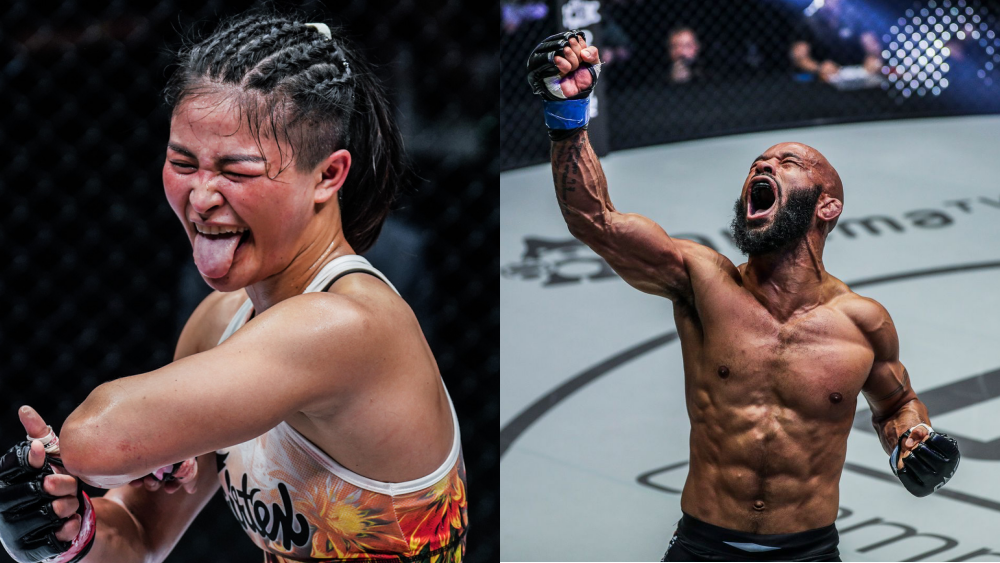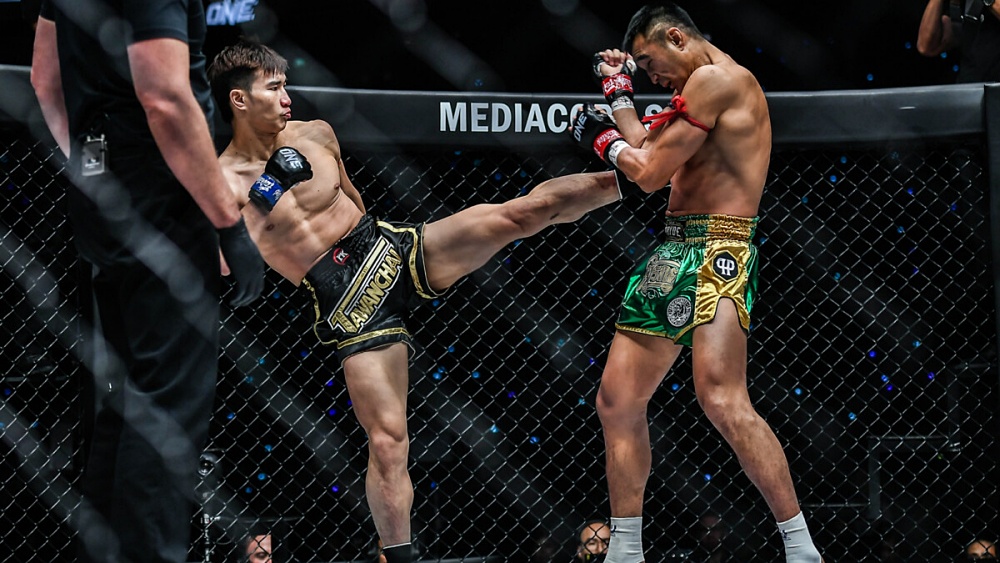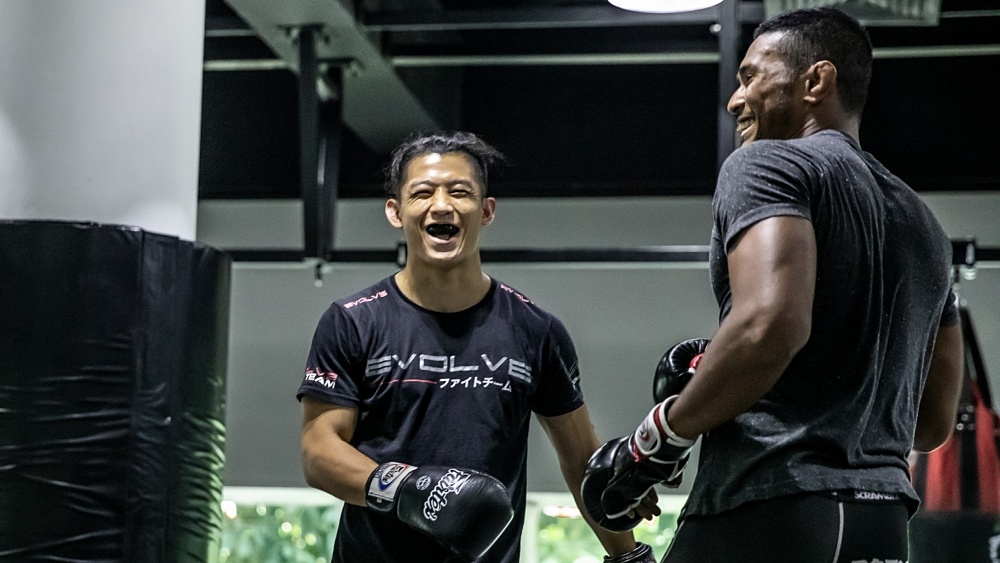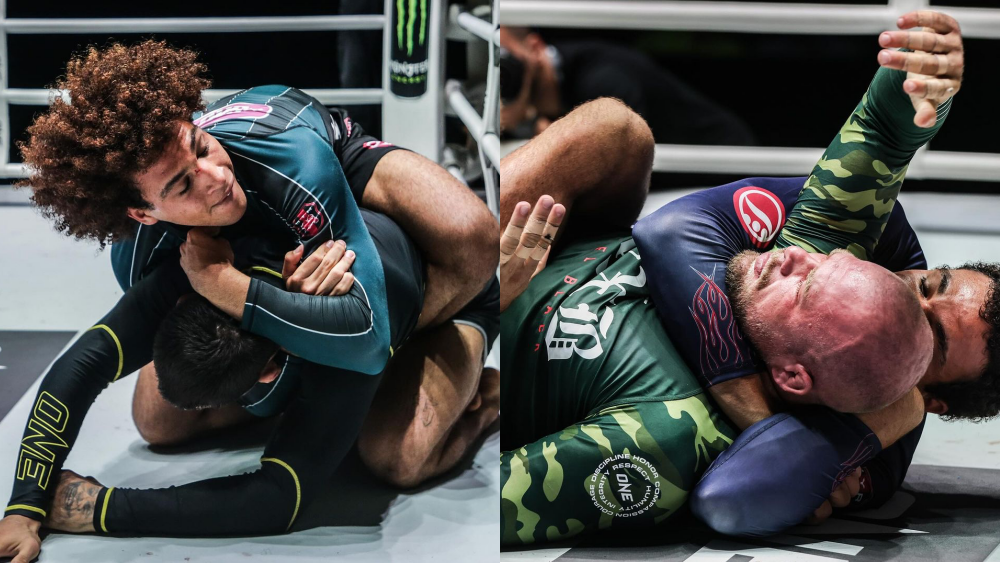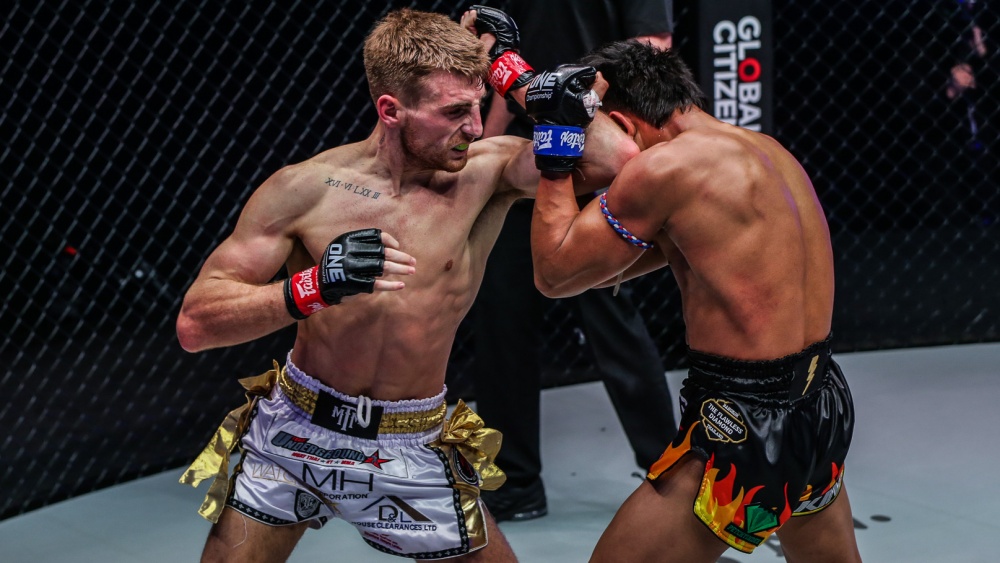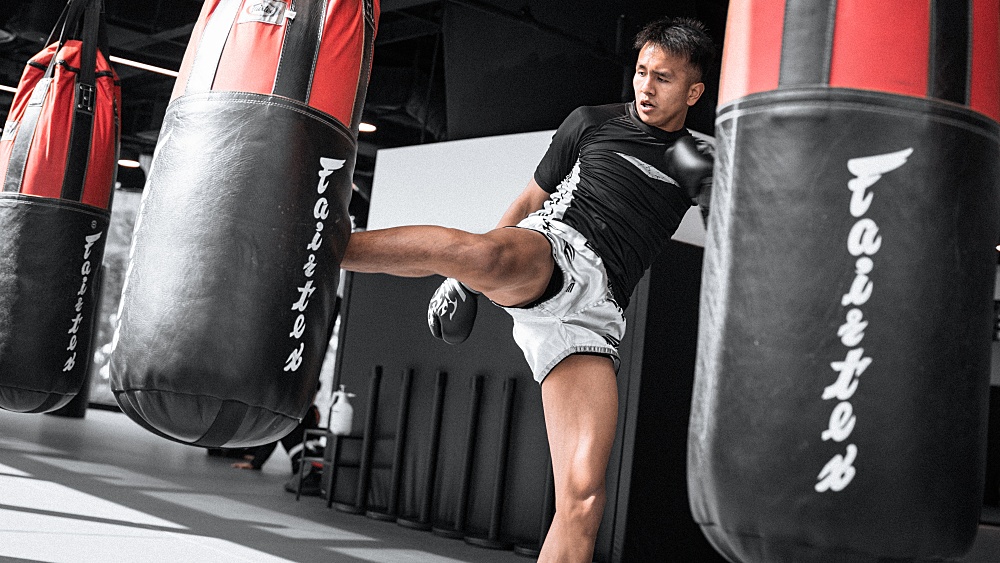One of the most noticeable things about MMA fighters, when you first look at them, is the definition of their stomach muscles. Since this is a sport that requires its athletes to wear very little, when it comes time to perform, this amount of definition and toning of the muscles is hard to miss. Granted there are those outliers (typically in the heavyweight division that does not require weight cutting), someone like Roy Nelson – but the typical fighter is a top-tier athlete that looks the part.
For those of you trying to understand how MMA fighters achieve those chiseled abs, we are going to go through a typical fighters ab workout routine and diet. Add a few of these exercises to your routine, improve your diet, and make sure you are keeping up on your martial arts training (or other physical activities) and you should be seeing significant results within a month.
Build Your Core The MMA Way
The MMA fighter’s core is an essential component of fighting. A strong core will protect your vital organs, improve your balance and stability, and will increase your ability to continue to fight on. The importance of these muscles has led to many innovative tactics for strengthening the core as well as a heavy reliance on training methods that focus on core building.
Brazilian Jiu-Jitsu And Other Grappling Martial Arts
Brazilian Jiu-Jitsu and other grappling arts are a major element of MMA. As such, MMA fighters spend a considerable amount of time training and working their ground games. What many spectators don’t realize is the intense amount of fatigue and strain wrestling and BJJ cause. If you have never done it before, go ahead and take a BJJ class – 5 minutes rolling with another student will ultimately change any misconceptions you may have had about the strength required to take and maintain a position. In many positions, your abdominals and your neck muscles are key components and are always working. Yes, the best BJJ fighters utilize technique rather than brute strength, but that doesn’t change the fact that for the vast majority of practitioners, 5 minutes of ground sparring can generate as much sweat and sore muscles as a 90-minute workout. The same general concept applies to wrestling and other grappling arts.
Start doing a few beginners classes a week, and you will be amazed at how fast it transforms your body and your day to day energy levels.
Muay Thai
Muay Thai is another martial art that is extremely popular amongst MMA fighters for a multitude of reasons. The kicks, elbows, clinch, and knees of Muay Thai are not only extremely efficient fighting moves, but they also provide a fantastic workout for your core. A typical Muay Thai training class will involve some combination of heavy kicks and clinch work – these are movements and drills that will quickly blast your abs into shape. Muay Thai fighters are known for rocking some of the best abs in the business.
Like with grappling, do a few Muay Thai classes a week, and you will be amazed at how quickly you look and feel better.
Core Blasting Exercises To Add To Your Workout
The abdominals are one of the few muscle groups that can recover in about a day; this means that unless you are really starting to feel some soreness in that area, you should be able to give them a bit of a workout every time you hit the gym.
Hanging Leg Raises
This exercise is a core building favorite of many martial artists. Relatively simple to do, requires little in the way of equipment, and still provides significant resistance to your core muscles. These will push your core farther than typical crunches or sit-ups will and will also activate a number of other muscles in order to keep your body stable through the motion.
A leg raise can be done by hanging from a bar in a dead hang (your body straight and limp as you hang from the bar with both hands shoulder-width apart). From that position, you keep your legs straight and raise them until you are forming an “L” shape with your body, then slowly lower them in a controlled motion. You want to ensure you are using your muscles and not any momentum in the movement.
Alternate: If straight leg raises are too difficult for you at first, then you can work your way up to them with bent leg raises, also known as knee raises. These can also be tweaked into twisting knee raises by bringing the knees to one side and then another. Bring both your knees to one armpit, go back to a dead hang, then lift them to the other armpit area.
If you are really having trouble getting your legs up, start off doing lying leg raises. Lie on your back and lift both legs into the air, forming a 90-degree angle at your waist. If you can work your way up to about 50 in a single go, then you should begin trying the knee raises.
Swiss-Ball Sit-Ups
Swiss-ball sit-ups are another favorite since they help boost your overall core stability and let your body learn to deal with the hyperextension positioning that you cannot achieve on the floor. This is a favorite for MMA fighters, and for a good reason. Though those types of movements may not be entirely natural, they are all too common in an MMA fight.
Make sure to do the exercises in slow controlled movements, keeping your core tensed throughout. Once you can do a standard sit-up, you can try holding a weighted plated about an inch away from the center of your chest for some added resistance to the movement.
To start, sit on a swiss ball and lie back. Put your chin on your chest and make a crunch motion. Bring your rib cage to your pelvis and then slowly lower your body back to the start position. Try starting out with a few sets of 20 and see how you feel, you can always work up from there.
Medicine Ball (Russian) Twist
Pick a suitably sized medicine ball and take a seat on the floor. Sit in an upright sit-up position (your upper body at about 45 degrees to the floor) and do the exercise by twisting your torso as far as possible to the right and then reverse the turn as far as you can to the left – keeping the medicine ball held slightly in front of your chest. For a more intense workout, lift your feet slightly off the floor and hold them there during the movement.
This exercise will help you build that explosive power needed for many martial arts movements as well as build a powerful core look.
A Quick Note On Core Movement Exercises
We can obviously only cover a very small example of the huge amount of core and ab exercises utilized by the martial artists out there. Rather than creating a comprehensive list, I think it is more important that you simply understand the types of core movements you should work and then take it upon yourself to pick and choose the exercises that fill the gaps in your current routine. We shared some of the most popular MMA ab exercises used today, but it’s important you understand that martial arts training isn’t about specific exercises as much as it is about thoroughly working these different aspects of your core in some way.
Okay, so for a quick summary, abdominal exercises can be broken into five distinct types of movement (or anti-movement). There are the Core Stability Exercises (Anti-flexion) which help you resist movement and keep your lumbar spine stable – planks are a good example of this type of exercise. Another type of resistance exercise is the anti-rotation movements, these help you resist rotation in the core and spine. The third is the rotational movements like medicine ball throws – these build power into your rotational movements (this directly translates into punching power). There is also the hip flexion which requires you to flex the hips while keeping the lower back relaxed – the swiss ball and hanging leg raises are examples of this type of movement. Lastly, we have the anti-lateral flexion exercises – these rely on your ability to resist the bending of your side. Side planks are an obvious anti-lateral flexion exercise.
Be Aware Of What You Are Eating
WATCH: 10 Foods To Build Muscle!
https://www.evolve-mma.com
Posted by Evolve MMA on Sunday, June 25, 2017
MMA fighters carefully plan what they eat to keep fat to a minimum and muscle to a maximum.
Like with exercises, there are a thousand different theories on how best to maximize and improve your diet.
Typically speaking, most martial artist diets are built around protein intake and weight loss (or weight control). Sugar, and the simple carbs like pasta, and fried foods are replaced with plenty of vegetables and healthy fats (like nuts or fish). Protein shakes are used to keep protein intake high and to ward off hunger in many cases.
Do a little research into some diets that seem to fit your lifestyle and invest in some Tupperware to start pre-planning your meals. This is the fastest way to take control of your diet and to limit those chances for moments of weakness. Nothing is harder than being a few days into a no-sugar diet and trying not to make impulse buys at the corner market. Reduce your ability to sabotage yourself as much as possible in the beginning.
So, we have highlighted a few ways in which you can get the shredded abs of an MMA fighter. Training martial arts, such as Muay Thai, BJJ, boxing, or wrestling, is a full-body workout that blasts your core, making it not only stronger but rock hard. Take your first step to a stronger body today by signing up for a trial class in the martial art that tickles your fancy!
Book your complimentary trial class with our World Champions below!


